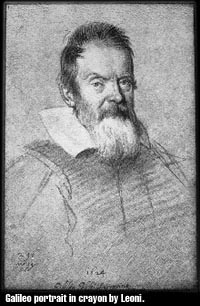|
|
|||||
|
Safely Viewing Sunspots |
|
||||
| Astronomers like Galileo learned more about sunspots by making daily observations and recording patterns over time. How did the early astronomers manage to look at the sun? One of the methods they figured out was projection. By using a telescope to project a smaller, dimmer image of the sun, they were able to study the sun at their leisure, with no risk to their eyes. | ||
|
|
Observe sunspots now The safest practical way to see the sun is by lining up
a telescope or binoculars on the sun, but instead of looking through the eyepiece, hold a sheet of white paper
behind the eyepiece. The solar image is seen projected onto the paper, and you can safely look at it there. 2) Cut a shield out of cardboard and tape it to the front of the binoculars with the lenses sticking through holes that you cut.
|
|
3) Put the lens cap over one of the large binocular lenses or tape over one of the front lenses with duct tape (unless you want two images). 4) Use the duct tape to seal any holes that leak light past the cardboard. |
||
 |
5) Point the binoculars toward the sun while holding a piece of white cardboard about a foot behind the eyepiece. |
|
6) It will take a little effort to find the sun. Once you do, you can focus the binoculars to bring the sun to a sharp image. Warning: Be careful not to put your hand or anything flammable near the eyepiece! The concentrated sunlight focused there can cause a nasty burn or set something ablaze! You should also give your binoculars a cooling break now and then by covering the front aperture. The eyepiece may become overheated and the lens elements may separate if you leave it on the sun too long. |
||
| Do your own spot check Now you can watch a beautiful, bright, magnified image of the Sun. You will have to adjust the tripod now and then to account for the earth's rotation. You may be able to see sunspots. It depends on when in the "sunspot cycle" you decide to do this activity. You may want to jump to "The Sunspot Cycle" in the Modern Research section to learn more. This method also works great for watching partial eclipses of the sun. |
In the next section, "Modern Research," you will discover how new technologies have added to our understanding of sunspots.
*Until recently, we stated that Galilleo's blindness in later life was caused by his doing direct solar observations. Although it is now known that this was not the case, please be careful anyway!
|
|
|||||
|
|
|||||
|
ęCopyright 2001 Regents of the University of California. |

